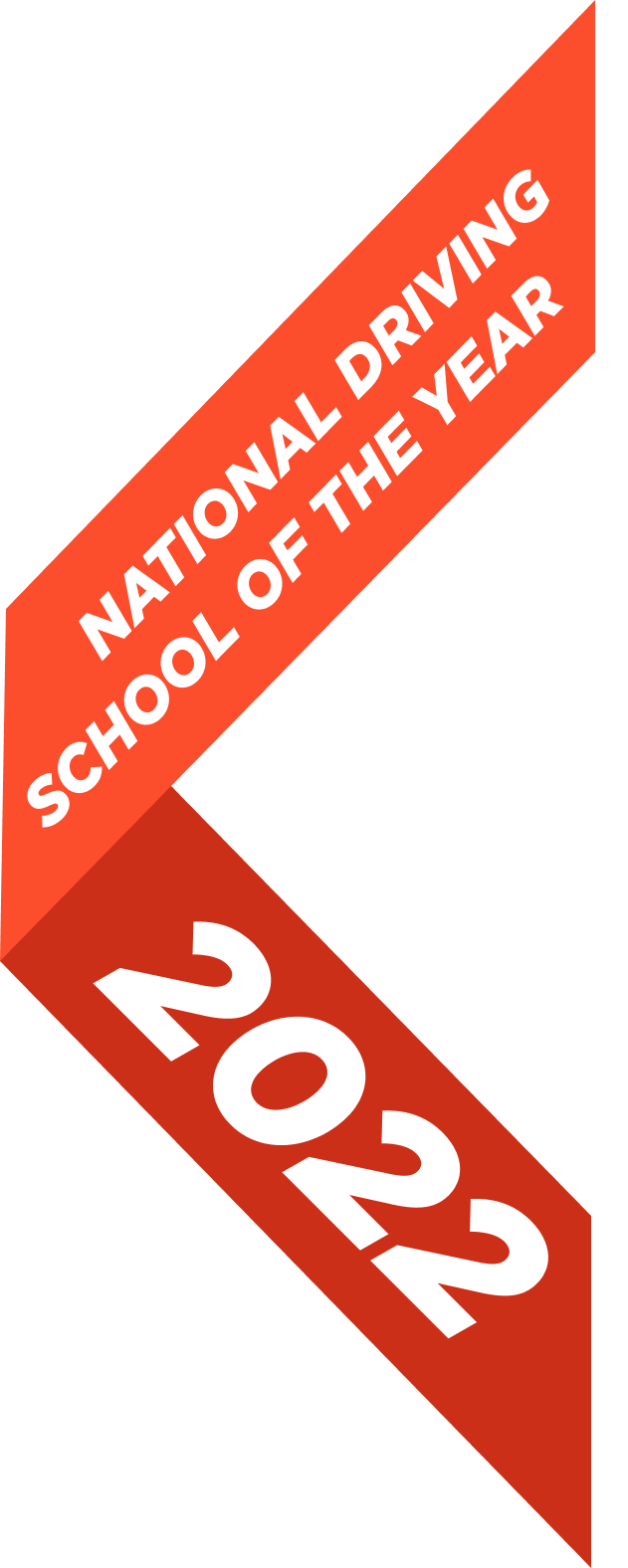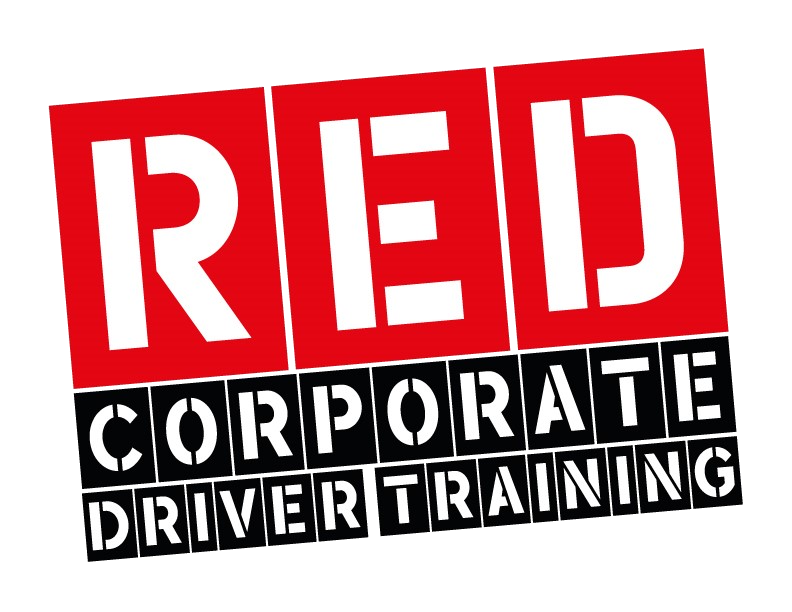Tyre labelling: what you should know about recent changes to regulation
What are car tyre labels and what do they mean?
Car tyre labels are required by a regulation that was introduced by the EU in 2012 to offer more information to consumers on tyre safety, reduce the impact tyres have on the environment and to promote road safety. The legislation was designed to make it easier for motorists to compare the characteristics of different tyres. After 10 years, the regulation is evolving to keep pace with technology and drive tyre development.
From 1st May 2021, for every tyre sold in Europe, tyre manufacturers must specify the performance of their tyres against revised classifications of fuel efficiency, wet grip, external rolling noise and whether tyres meet specific test standards for severe snow conditions and grip on ice.
Similar in style to energy labels for white goods, tyre labels provide comparable information about a tyre, regardless of the brand or tread pattern. By using clear diagrams, the new tyre labels allow motorists to make informed choices when buying tyres, ranked on a scale from A (best) to E (worst) – a partial rescaling from those previously displayed, where rankings ran from A to G.
Certain types of tyre, such as T-type temporary use tyres, professional off-road tyres, racing tyres, and tyres designed specifically for cars registered before October 1990 are excluded from this regulation.

Tyre labels explained
Fuel economy
Tyre labelling for fuel economy ranges from A to E. Tyres with the best fuel economy have a green A rating. Tyres with the worst miles per gallon (mpg) have a red E rating, and savings are usually calculated over the life of a set of four tyres, or equivalent distance.
For every five tanks of fuel, one is consumed for tyres. With each rotation of the wheel, a tyre is deformed when it comes into contact with the road. As its structure is deformed, the tyre heats up and some of the energy is lost. Reducing this heat build-up makes it possible to lower fuel consumption and in turn decreases greenhouse gas emissions. For a vehicle driving 40,000km / (24,855 miles equivalent) consuming 150 litres of fuel, there is a 217.50 Euros (£186.31) reduction in fuel costs for a vehicle fitted with A-rated tyre compared with one equipped with E-rated tyres (1).
Even within each grade, there are significant differences between tyres. For example, the Michelin ePrimacy tyre is an eco-responsible summer tyre for petrol, diesel, hybrid and electric vehicles. Michelin ePrimacy tyres have the lowest fuel consumption and CO2 emissions in their category and long-lasting safety, from the first mile to the last.
- Based 1.45€ per litre (Source: avg Ron 95 Unleaded price in UK https://www.drive-alive.co.uk/fuel_prices_europe.html on 12 May 2021). Euros to Sterling conversion rate of 1 Euro = 0.8566p, Bank of England 12 May 2021. The effect may change depending on the vehicle and driving conditions. Performance measured in accordance with the test method set in the regulation UN ECE R117.
Wet grip
Tyre labelling for wet grip ranges from A to E. It uses a gradient colour scale to depict stopping distances in rainy weather: tyres with the shortest stopping distances have an A rating and tyres with longer stopping distances have an E rating.
On average, there is a 9m reduction in braking distance for a vehicle travelling at 50 mph and equipped with A-rated tyres compared with one fitted with D-rated tyres (2).
- Performance of braking from 80 km/h (50mph equivalent) to 20 km/h (12mph equivalent), measured in accordance with the test method set in the regulation UN ECE R117.
Noise
The tyre label for noise uses a tyre diagram with sound wave bars. The overall decibel rating will also be provided, as well as a letter ranking from A to C.
For a vehicle moving at a constant speed of 50 mph, the noise generated by the tyre rolling on the road is generally superior to engine noise. Rolling noise depends on the type of tyres as well as on the road surface. An A-rate tyre is half as noisy as a B-rated tyre(3).
- Noise is measured on a vehicle travelling at 80 km/h (50mph equivalent) with the engine switched off, measured in accordance with the test method set in the regulation UN ECE R117.
New additions
There may also be icons on the tyre label depicting whether the tyre meets specific standards for use in severe snow conditions, or ice.
Being tyre-savvy can help keep you safe on the road and reduce fuel costs. Make sure you’re up to scratch with tyre-labelling regulation changes so you know what you’re looking for! Our partner, Michelin, has a strong reputation for tyre safety. The Manufacturer makes sure its tyres are engineered to high quality standards and that they are thoroughly proven in repeatable tests on track and then in extensive road testing. Importantly, product quality control is also a key focus.
We also work closely with Kwik Fit, the UK’s leading fast-fit supplier of tyres. Every Kwik Fit centre nationwide offers a free no obligation tyre check and trained technicians will carry out a thorough inspection of all your tyres for free. If you’d like to learn more about checking your tyres, their website includes a variety of resources on maintaining correct tyre pressure, checking tread depth and looking for signs of tyre damage. All the information is also included on their website where you can get all the tyre help you need to help you maintain your tyres in a safe condition!






